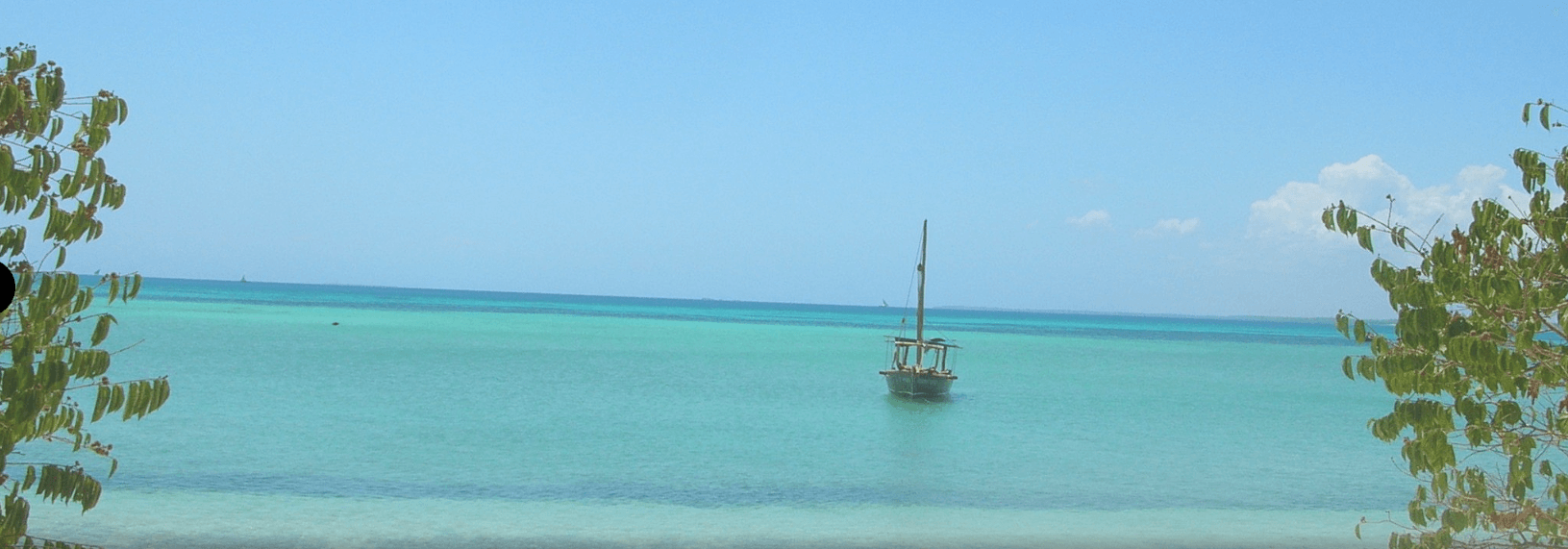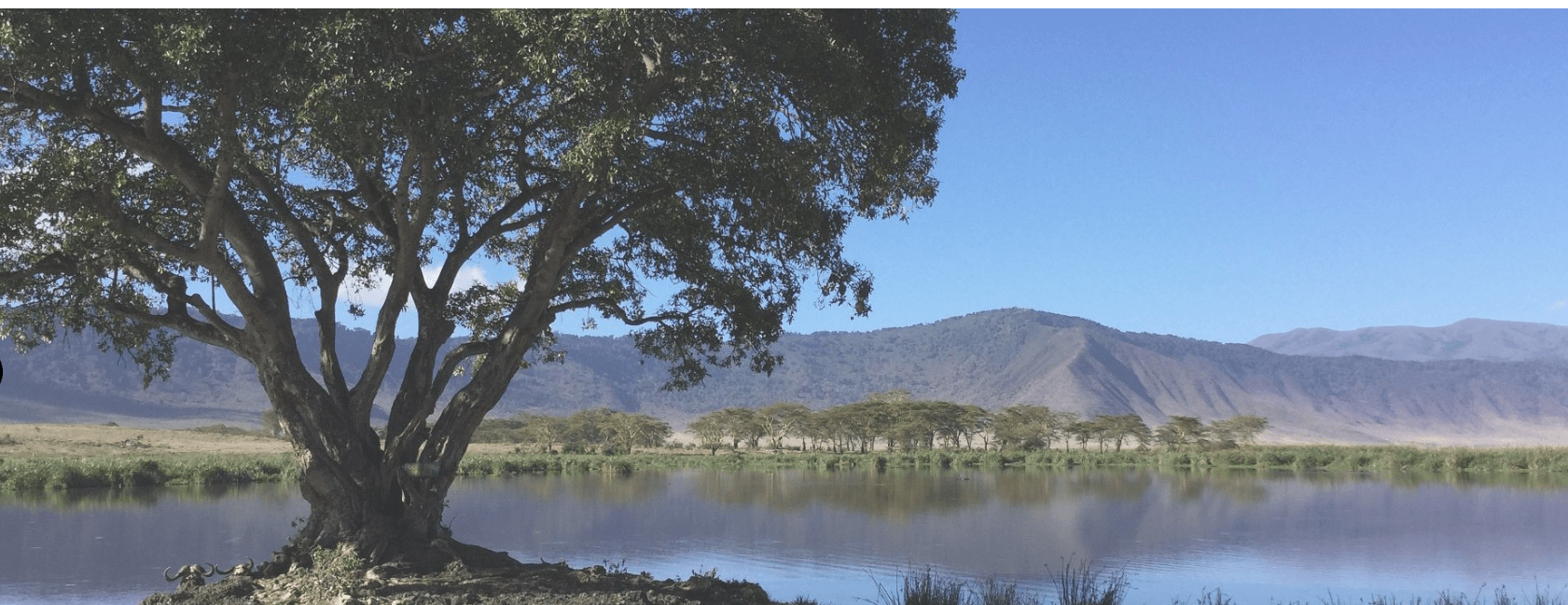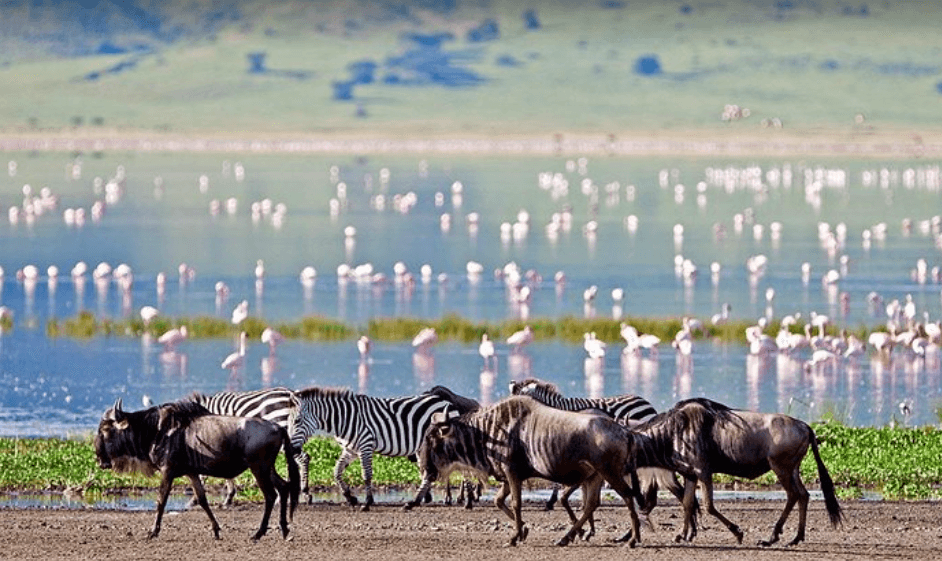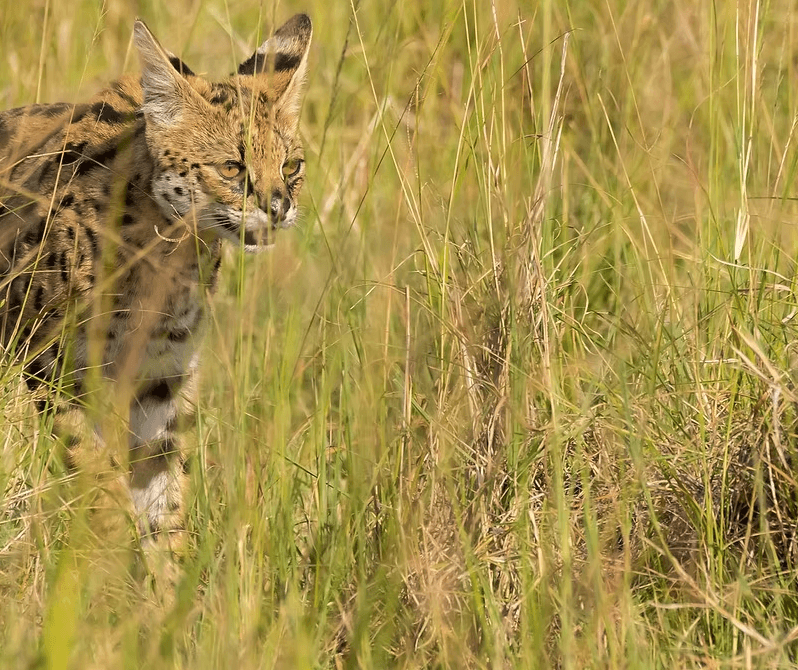Why Gorilla Trekking is One Hour
Why Gorilla Trekking Is Only One Hour: Protecting Wildlife, Preserving Experience
Gorilla trekking is one of the most awe-inspiring wildlife experiences in Africa. Visitors travel across the globe to Rwanda, Uganda, and the Democratic Republic of Congo to see these endangered primates up close. However, there’s one strict rule that surprises many: each visitor is allowed only one hour with the gorillas.
At first, this may seem too short for such a costly and effort-filled journey. But this one-hour limit is not arbitrary—it’s a well-researched and critically important conservation measure. It protects gorillas, preserves their natural behaviour, and enhances your experience as a responsible traveller.
Understanding the One-Hour Rule in Gorilla Trekking
Before diving into the reasons, it’s essential to understand how gorilla trekking works. Trekkers are assigned to a habituated gorilla family group. Once found, visitors are permitted to spend 60 minutes observing them. This time is closely monitored by trained park rangers and researchers.
Now, let’s explore why this hour is so important—not just for gorillas, but also for you.
Stress Management for a Wild Species
Wild Animals Need Space
Gorillas, though habituated, remain wild animals. They’re not pets or zoo exhibits. Prolonged human interaction can cause stress, especially if visitors come too close or behave unpredictably.
Stress Affects Gorilla Behaviour
Just like humans, gorillas experience emotional and psychological stress. When overexposed to humans, they may display signs of agitation or anxiety. This can lead to:
-
Disruption in feeding or resting patterns
-
Aggressive behaviour, especially from silverbacks
-
Mothers becoming overly protective of their young
Limiting Time Protects Natural Routines
By restricting human interaction to just one hour per group per day, conservation authorities ensure the gorillas’ daily life remains uninterrupted. It helps them eat, groom, rest, and interact naturally—essential for their well-being and survival.
Disease Prevention: A Critical Safeguard
Gorillas Share 98% of Human DNA
This genetic closeness makes them highly susceptible to human illnesses. Simple conditions like flu, coughs, or COVID-19 can be devastating for gorillas with no medical defence.
Visitors Could Be Carriers
Even if you feel fine, you might be an asymptomatic carrier of viruses or bacteria. To mitigate the risk:
-
Trekking groups are limited to 8 people
-
Face masks may be required during the encounter
-
Distance of 7 metres is strictly enforced
-
Time limit is kept at 60 minutes
One Hour Minimises Exposure
Reducing the time spent near gorillas lowers the chance of transmitting airborne diseases. This is especially important with new pathogens constantly emerging. The shorter the exposure, the lower the health risk for these critically endangered animals.
Sustainability Through Low Impact Tourism
The Forest Needs Breathing Space
Gorilla trekking takes place in protected rainforests, like Uganda’s Bwindi Impenetrable Forest and Rwanda’s Volcanoes National Park. These ecosystems are delicate and cannot sustain endless human traffic.
One Group per Family, per Day
Each gorilla family can only be visited once per day, for one hour. This limits environmental pressure and gives the gorillas the rest of the day to roam, forage, and interact freely.
Long-Term Conservation Over Short-Term Profits
The one-hour rule shows how these countries value conservation over commercialisation. Instead of overbooking tours, they limit access to ensure gorilla tourism is sustainable for future generations.
Rarity Builds Value and Responsibility
Scarcity Makes the Experience Special
Knowing you have only 60 minutes creates a sense of urgency and respect. Visitors are often more focused, present, and emotionally moved during their short time with the gorillas.
Protecting the Experience
Limiting access helps preserve the magic and rarity of gorilla trekking. If tourists could spend hours with gorillas, the experience would lose its exclusivity—and potentially overwhelm the animals.
Encouraging Responsible Travel
Tourists who understand the reason behind the rule are more likely to follow guidelines, respect wildlife, and share ethical travel values with others.
Scientific and Ethical Guidelines
Based on Years of Research
The one-hour rule was introduced by conservationists and organisations like the Dian Fossey Gorilla Fund and the IUCN (International Union for Conservation of Nature). Decades of research show that one hour is the sweet spot:
-
Enough time for observation
-
Minimal disruption to the gorillas’ routine
-
Reduced risk of disease and stress
Ethics over Entertainment
This approach reflects the shift from treating animals as tourist attractions to treating them as sentient beings. Ethical wildlife tourism prioritises the needs of the animal, not the expectations of the tourist.
Gorilla Habituation Also Follows This Rule
Even during the Gorilla Habituation Experience in Uganda (which allows 4 hours), the groups are much smaller, and the gorillas are still semi-habituated. These sessions are conducted with conservationists and researchers, not just tourists.
What Tourists Should Keep in Mind
Maximise the Moment
One hour can be magical if you’re prepared. Focus your time on observing interactions, behaviour, and emotions—not just snapping photos.
Follow All Instructions
Respect the rules. Stay quiet, don’t touch the gorillas, and avoid sudden movements. Your guide will help you navigate the experience safely and respectfully.
Know That You’re Contributing to Conservation
Every minute of your visit supports ranger salaries, community development, and gorilla protection. So, while the time is short, the impact is long-lasting.
Frequently Asked Questions About the One-Hour Rule
Can I Pay for Extra Time?
No. The one-hour limit is strictly enforced regardless of how much you pay. It’s not negotiable.
What If the Gorillas Come Closer?
If a gorilla approaches you, stay still and avoid eye contact. Rangers will guide you calmly. Gorillas are curious but rarely aggressive if treated with respect.
Can I Visit Again in the Same Trip?
Yes! You can book multiple permits on different days to visit different gorilla families.
One Hour That Lasts a Lifetime
Gorilla trekking offers one of the most intimate wildlife encounters on Earth. And though the time is limited to just one hour, its impact lingers for a lifetime.
This rule is not about restricting your experience—it’s about preserving it. It ensures that future generations of both gorillas and humans can continue to share these magical moments in the wild.
So, when you step into the forest and lock eyes with a gentle silverback or a curious infant, know this: in those 60 minutes, you are part of something much bigger than a tour—you are part of conservation in action.





